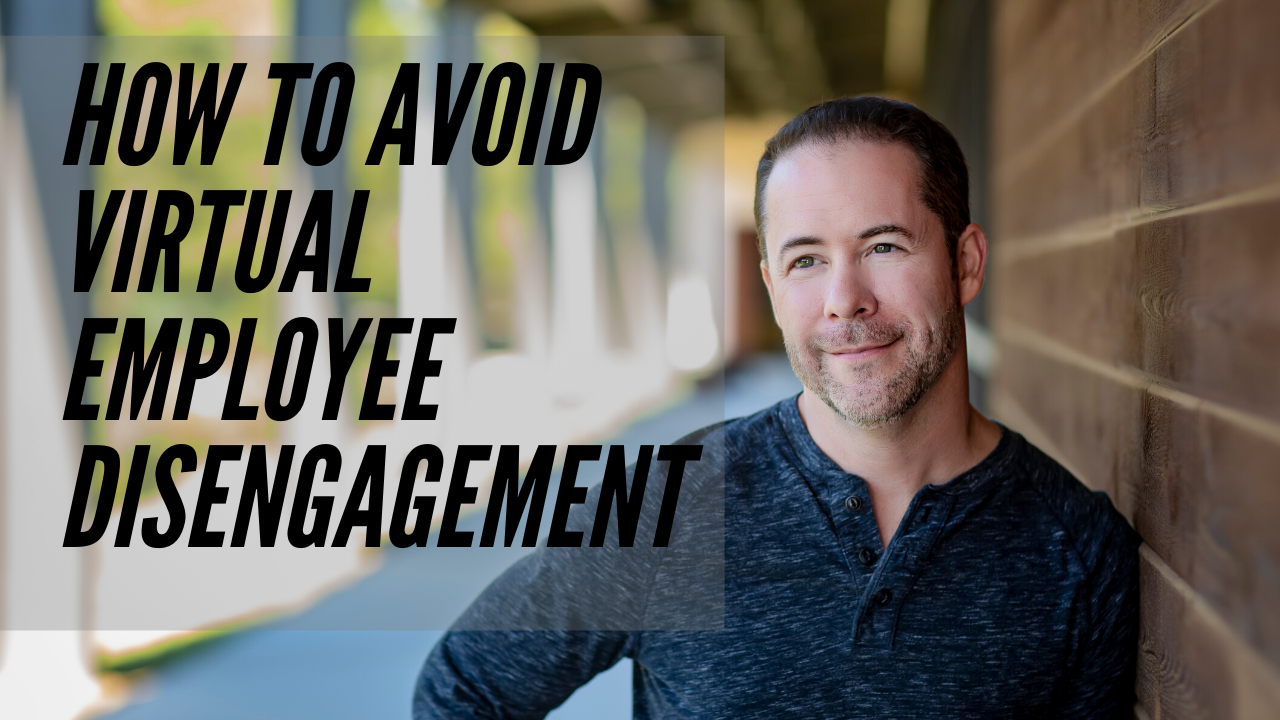Leaders who are serious about overcoming the major causes of virtual employee disengagement – Disconnection, Distraction, and Deactivation can practice the 3 C’s of Virtual Employee Engagement. Leaders must lead in a different way when leading virtual employees. They must bring the best of themselves in three core practices of Connecting People, Coaching Performance, and Calibrating the Culturing.
Connect People. Help your employees feel connected by holding consistent one-on-one meetings and team meetings. Being a facilitator is a critical role of a virtual leader. Facilitate meetings in a way that helps team members connect with each other and continually build trust. This can be done by asking ice-breaker questions and encouraging everyone to give input. Make it a goal to help everyone feel safe, supported, and significant. A great resource for ice-breakers is teampedia.net.
Leaders can utilize technology and applications to stay in close communication with each employee and encourage them to use the technology to stay in close communication with their teammates. Your availability is critically important during times of uncertainty and stress. Leaders that are aloof and slow to respond will have employees that will quickly become disengaged. Your attentiveness to supporting employees will be reflected in your employee’s attentiveness to their work.
Coach Performance. Use a conversational approach to communicate with employees. Conversations help you create a partnership between you and your employees. Ask questions that will lead the employee to be more self-directed in their goals and work.
Set an expectation that you will be providing feedback along the way during your one-on-one meetings because you want to support their success in the new work environment. Then, hold them accountable for their work output and quality. Even during a crisis, employees need to be guided by goals and held accountable for achieving them.
Calibrate Culture. High-performing individuals and teams have leaders who are constantly shaping the culture. Not by themselves, but by working with their employees to set and uphold clear standards of behavior and results. One of the quickest ways to disengage people — especially high-performers — is to allow your culture to become undisciplined and void of accountability. This happens easily when people experience an abrupt change in the work environment.
In your virtual meetings, discuss the priorities and goals of your team. Take the time to create standard operating procedures for collaboration, communication, and how work gets done. This has likely changed significantly now that everyone is working remotely. Then, challenge each employee to tell the group how they will contribute to the team’s success this week.
We are living in a time of great uncertainty that has the potential to lead to greater employee disengagement. Maintaining employee engagement will likely require more time, intention, and ingenuity on your part. Focusing your leadership on connecting people, coaching performance, and culturing standards will result in employees that are motivated to engage, collaborate, and perform at a high level. Good leadership and guidance today, and throughout this Covid-19 experience, will pay dividends for many years to come.

